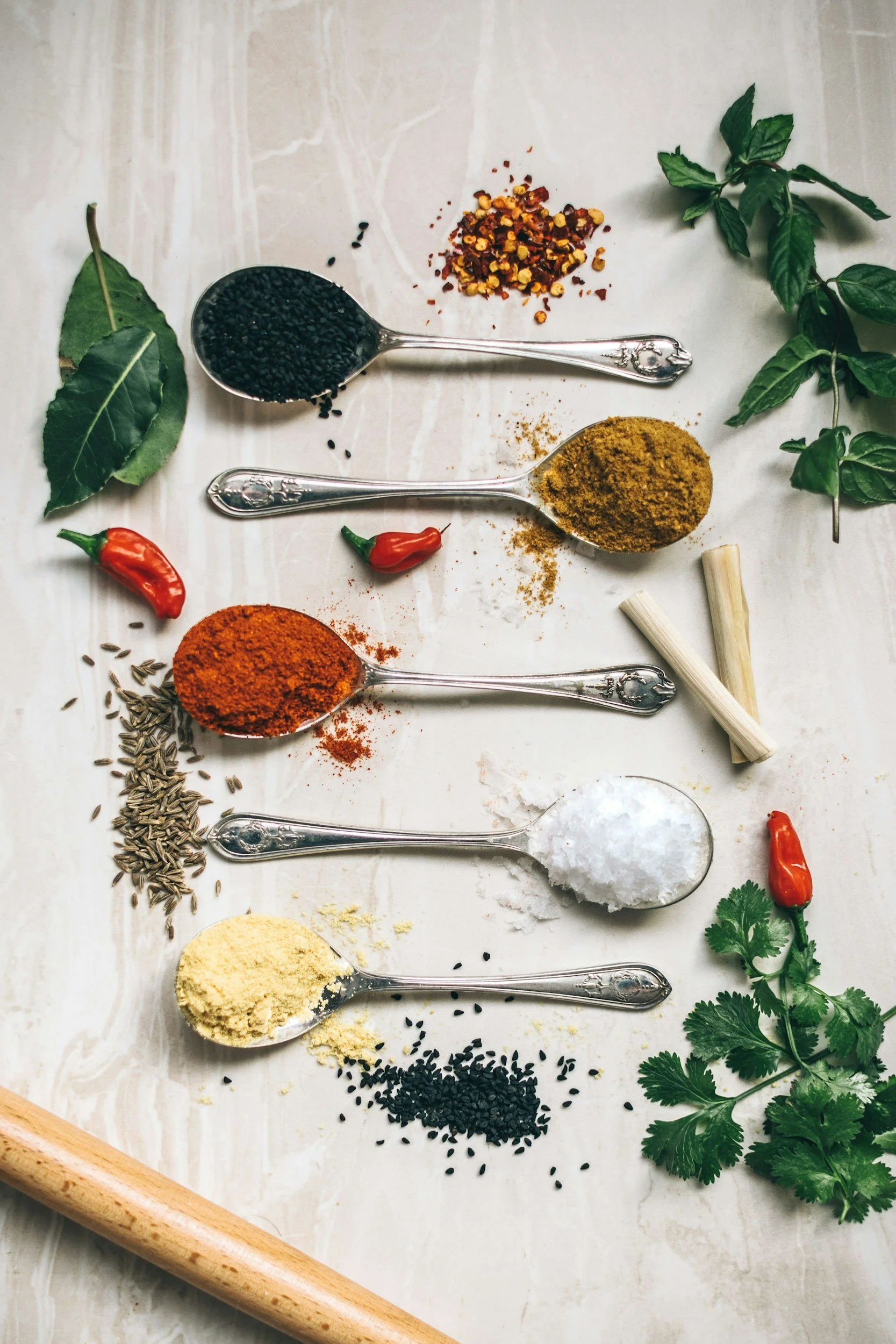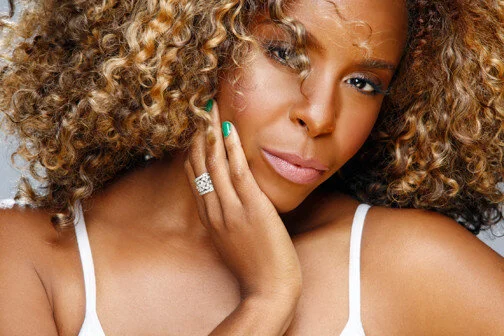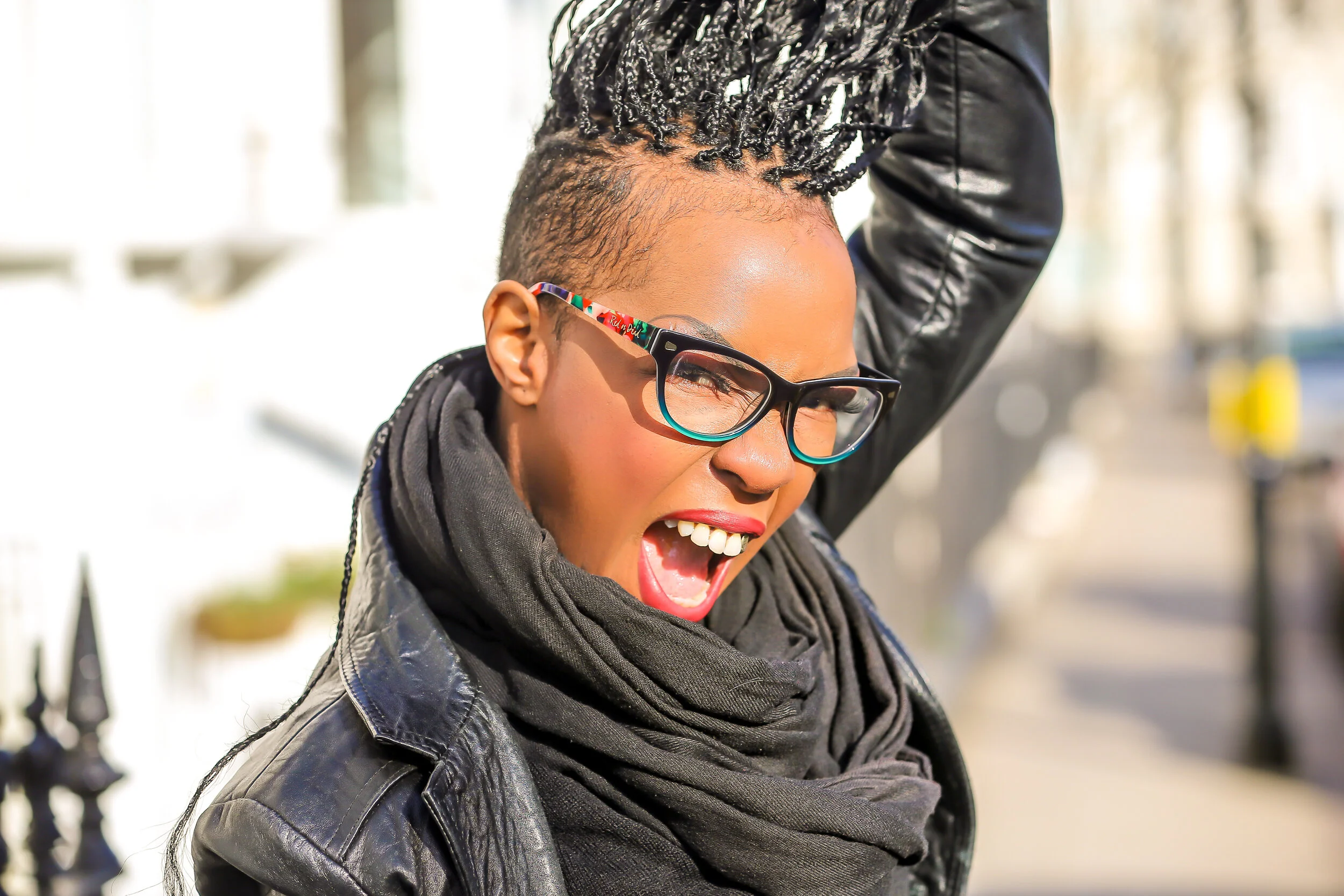Are you ready to take control of your health, boost your energy, and finally feel in balance? The Nourish to Thrive Guide is your science-backed roadmap to making informed, powerful food choices — no fad diets, just real nourishment. Learn how to reduce inflammation, avoid hidden toxins, and support your body’s natural healing ability with every meal. Download the free guide and start your journey to whole-body wellness today.
Hormones: The Invisible Puppeteers of Our Body and Mind
We often think of our bodies as intricate systems of organs and tissues working together to keep us alive and thriving. But at the heart of this intricate system is a lesser-known yet powerful force: hormones. These tiny molecules have a hand in almost every aspect of our bodily functions, from regulating our sleep patterns to controlling our metabolism. And, just as they have the power to maintain balance and harmony, hormone imbalances can wreak havoc on our physical and mental health.
Understanding Hormones: The Basics
Generally, hormones are chemical messengers produced by the endocrine glands. They travel through the bloodstream, telling tissues and organs what to do. For example, insulin helps regulate blood sugar levels, while thyroid hormones control metabolism. And it's not just about physical functions; hormones are pivotal in influencing our mood, mental health, and overall well-being.
Imbalanced Hormones and Mental Health
A hormonal imbalance can manifest in numerous ways, from mood swings and anxiety to depression and insomnia. For instance, imbalances in serotonin, often termed the happiness hormone, can lead to feelings of sadness, irritability, and depression. Similarly, fluctuations in estrogen and progesterone, particularly during the menstrual cycle or menopause, can greatly impact mood and cognition.
For Black women, there's an added layer of complexity. Historical and systemic disparities in healthcare access, coupled with societal stresses like racism, can exacerbate hormonal imbalances. These disparities might also make Black women more susceptible to conditions like polycystic ovary syndrome (PCOS) or thyroid disorders, which can influence mental health.
Nutrition, Hormones, and Weight
One significant factor that can impact hormonal balance is diet. Consuming highly processed, sugary, or fatty foods not only influences weight but can also disrupt hormonal harmony. A diet low in essential nutrients can compromise the functions of the thyroid gland, hinder insulin regulation, and amplify stress hormones like cortisol. For Black women, specific dietary habits and cultural cuisines might need to be carefully navigated to ensure they receive hormone-balancing nutrients.
Eating for Hormonal Harmony: Tips for Women
1. Prioritize Protein: Incorporate lean protein sources like fish, poultry, legumes, and tofu into your diet. Protein provides the essential amino acids necessary for hormone production.
2. Opt for Omega-3s: Fatty acids, particularly omega-3s found in fatty fish, chia seeds, and walnuts, can help reduce inflammation and maintain cell membrane health, which is crucial for hormone function.
3. Boost Fiber Intake: Fiber helps detoxify excess hormones and regulate blood sugar levels. Sources include whole grains, fruits, and vegetables.
4. Minimize Sugar and Refined Carbs: High sugar and refined carb intake can lead to insulin resistance, which may result in weight gain and disrupt other hormonal processes.
5. Incorporate Cruciferous Vegetables: Broccoli, cauliflower, and Brussels sprouts can help balance estrogen levels.
6. Stay Hydrated: Drink enough water daily. It aids in hormone transport and overall cellular function.
7. Limit Caffeine and Alcohol: Both can disrupt endocrine functions and negatively influence hormonal balance.
Understanding the role hormones play in our health is essential for overall well-being. Especially for Black women, who may face unique challenges and vulnerabilities, prioritizing hormone health through nutrient-dense foods can be a key to unlocking a balanced mental and physical state. By taking small, proactive steps in our daily lives, we can harness the power of hormones to work for us rather than against us.
The Power of Both-And Thinking: A Journey to Self-Awareness and Improved Mental Health
Several years ago, when I worked for the local school system, my area superintendent often said both/and instead of either/or.
I was intrigued by the concept and the more I explored it, I realized that we’ve been taught to choose between two opposing options. That’s not the best way to view most situations, but it’s really not the best way to consider options for Black women.
Using the either/or lens is limiting. As a Black woman, navigating life's challenges has often required me to adopt a unique perspective. I've discovered that embracing both/and thinking is an invaluable tool that has revolutionized my journey toward self-awareness and improved mental health.
Here are some benefits of both/and thinking and why you should consider adopting this framework.
Building Self-Awareness
Self-awareness is the key to unlocking personal growth and improving mental health. Both/and thinking helps us delve deeper into our emotions and thoughts. By acknowledging and accepting our whole range of experiences, we better understand ourselves. It allows us to explore the nuances of our identity, celebrate our strengths, and address areas where we want to grow. Self-awareness through both/and thinking helps us become more grounded, authentic, and resilient.
Nurturing Mental Health
As Black women, embracing both/and thinking is a powerful tool improved mental health by helping us cultivate self-compassion by acknowledging that it's okay to feel a mix of emotions — joy and sorrow, strength and vulnerability. Instead of suppressing or denying these emotions, we can embrace them, and in doing so, we create space for healing and growth.
Embracing both/and thinking also encourages us to seek support when needed. Mental health is a journey, and both/and thinking allows us to navigate it with grace and self-acceptance.
Navigating the Complexities of Emotions
Our emotional landscape is rich and layered, shaped by a myriad of experiences and influences. Society often expects us to display unwavering strength and resilience, but it's crucial to acknowledge that we are human beings with a full range of emotions. We can experience joy and sadness, strength and vulnerability, all simultaneously. It's okay to feel angry about injustice while finding moments of peace and happiness in our lives. By embracing the complexity of our emotions, we can cultivate a deeper understanding of ourselves and develop healthier coping mechanisms for our mental well-being. Both/and thinking liberates us from the confines of either/or choices, granting us the freedom to explore the complexity of our emotions and experiences without judgment.
Reframing Limiting Beliefs
Society bombards us with limiting beliefs that can shape our self-perception and hinder our growth. As Black women, we may face stereotypes, biases, and expectations perpetuating narrow narratives about who we are and what we can achieve. Both/and thinking empowers us to challenge these limiting beliefs and reclaim our narrative.
We can be resilient, vulnerable, successful, authentic, fierce, and compassionate. By reframing our mindset and embracing the power of and instead of either/or, we break free from the constraints of societal expectations and carve our paths toward self-fulfillment.
Building Bridges of Intersectionality
Intersectionality lies at the heart of our experiences as Black women. We often find ourselves caught between different worlds, navigating the complexities of race, gender, and other intersecting identities, which shape our unique perspectives and challenges. We face societal expectations, cultural pressures, and personal aspirations that pull us in different directions. It's easy to feel like we must choose between conflicting identities.
Both/and thinking invites us to celebrate the intersectionality of our identities and encourages us to embrace the full spectrum of our multi-faceted identities. It encourages us to acknowledge that our experiences are shaped not just by one aspect of our identity but by the beautiful tapestry of who we are. By recognizing and appreciating the interconnectedness of our identities, we can foster understanding, empathy, and unity within ourselves and with others. This recognition frees us from the confines of societal expectations and empower our authentic selves to shine through.
The Bottom Line - You don’t have to settle.
Sis, you don't have to choose; you can have it all. Embrace the power of both/and and witness the incredible growth and transformation that unfolds as you step into the fullness of who you are.
Both/And Thinking In Action
Scroll below to discover eight steps to implementing both/and thinking.
#BeThe1To Break The Cycle of Suicide
World Suicide Prevention Day is September 10. It’s a time to remember those affected by suicide, to raise awareness, and to focus efforts on directing treatment to those who need it most.
I am passionate about mental health because I have suffered from poor mental health for so long. I’ve contemplated suicide many times during my life - and tried to commit suicide once. I am not alone.
According to the US Department of Health + Human Services Office of Minority Health:
In 2019, suicide was the second leading cause of death for blacks or African Americans, ages 15 to 24.
The death rate from suicide for black or African American men was four times greater than for African American women, in 2018.
The overall suicide rate for black or African Americans was 60 percent lower than that of the non-Hispanic white population, in 2018.
Black females, grades 9-12, were 60 percent more likely to attempt suicide in 2019, as compared to non-Hispanic white females of the same age.
Poverty level affects mental health status. Black or African Americans living below the poverty level, as compared to those over twice the poverty level, are twice as likely to report serious psychological distress.
A report from the U.S. Surgeon General found that from 1980 - 1995, the suicide rate among African Americans ages 10 to 14 increased 233 percentage, as compared to 120 percent of non-Hispanic whites.
It’s important that we talk about suicide + mental health. Research shows that people who are having thoughts of suicide feel relief when someone asks about them in a caring way. Talking about suicide and mental health in a safe space can reduce suicidal thoughts. It’s important for those suffering from suicidal thoughts to have someone to speak with who doesn’t judge + who provides resources to support them.
So, #BeThe1To … provide the support needed to prevent another suicide.
Resources for Black Women + Girls seeking mental health support
Also read:
Black + Gold: Getting to the Golden Life
Ever since 2004, when Jill Scott dropped her single Golden, I’ve been dreaming about the Golden Life. I didn’t know at the time what it meant to live life golden, but she made it sound so aspirational. I’ve held on to the desire to live that way and I created the SoulMed definition for The Golden Life.
“The Golden Life requires you to:
* Live in gratitude for each experience (good or bad)
*Naturally respond to triggering situations
* Be emotionally connected to yourself + how you show up to people + how they respond to you
*Honor yourself in what you do + say”
Getting to the Golden Life - well - that takes (in the words of Iyanla) doing the work. Watch the video below + download the accompanying workbook to learn how to get to the Golden Life.
DOWNLOAD THE WORKBOOK
SoulMed Presents The Pleasure Principle
Siiiss … let me tell you a secret. I was 44 years old before I had an orgasm. I am 44 years old at the time I am typing this. So, yeah … it took me 3 decades after I started having sex - and two kids - before I ever climaxed. Get this … it wasn’t because of a man either. I gave it to myself! Whether you’ve climaxed with a partner, by yourself, both … or you’re like I was at 43 never having climaxed, I want to help you experience your body and sexual self in ways you’ve never experienced before.
Dr. Tiffanie Davis-Henry, an AASECT-certified sex therapist and licensed psychotherapist who has been featured on national reality and news shows, helps me start this conversation. I interviewed Dr. Tiffanie about sex and mental health - yes, there is a connection!
Watch the interview below.
What Lie Are You Telling Yourself?
Everyone experiences trauma in their lifetime, but research shows that Black women experience childhood trauma at higher rates than other groups. Untreated trauma significantly increases the risk of seven out of 10 of the leading causes of death in the United States. Through the Live in Color program you will uncover hidden childhood and life traumas that are keeping you stuck and create a plan for getting unstuck.
Weaknesses As Strengths
When is the last time you leaned into your weaknesses? Most times we ignore them and try to deny them because it doesn’t feel good to know you aren’t good at that thing; but, we shouldn’t do that.
Leaning into our weaknesses means we take a deep look at what we don’t do well, where we need to improve and determine the best way to address the issue. By examining where we can improve, we can reduce our stress. Focusing on weaknesses can help us reduce stress by allowing us to have a plan of action when we are required to operate in our weakness. The Stanford Rethinking Stress toolkit, our stress if often caused by misalignment of our personal values and goals.
For example, if you want to do well at being a mother, but you have a tendency to get easily frustrated, this is a weakness for you in the area of parenting. Leaning into the weakness by asking questions can help you uncover the source of your frustration and help you develop a plan to address it. There are several steps you should take to lean into your weakness ::
Step 1 :: Recognition
Step 2 :: Self-evaluation
Step 3 :: Plan
Using this example, leaning into the weakness would go a little something like this ::
Step 1 :: Recognition
While fussing at your child you realize that this is a common problem.
You acknowledge and don’t try to resist the fact that this is a reoccurring issue.
Step 2 :: Self-evaluation
You make an intentional decision to note how you are feeling at the moment - outside of whatever your child did to upset you, asking yourself ::
Was the punishment (fussing) equal to the infraction (their behavior)?
If so, why?
Did you explain how not to do said thing to the child?
Is there a better way to reach the child that leaves you both with your dignity and respect?
Is there something that could be a larger issue with your child?
If not, what else could cause you to be short with your child consistently?
Is it stress at work?
Are you unhappy with your relationship?
Do you have deep-rooted issues with the parent-child relationship?
Step 3 :: Plan
Based on your responses to the questions, you need to determine what the actual weakness is and then a plan of action moving forward.
Using our example and example questions, you might uncover that your child doesn’t understand the WHY behind what you ask them to do. Since they don’t understand, they don’t do the task the way you want it done - or at all. The weakness here could be that you aren’t effectively communicating with your child.
With that understanding, you can now develop a plan that will help you better communicate with your child. One way to address the weakness is to show them and train them before asking them to complete new tasks, making sure to explain THE WHY and THE HOW as you are training them. Using this new strategy for all situations like this would help improve communication and reduce fussing, improving your stress.
You’re not done though. After fixing the issue with your child, you should consider ::
How else this weakness shows up.
What’s the behavior associated with the weakness in different situations?
How can you develop a plan to address it in those situations?
SN:: I know you are like … gurl … Black mommas don’t care about them not understanding the why … that’s not today’s topic of discussion … but it is something we should discuss at some point … because traditional parenting styles by Black families are rooted in slavery, perpetuate colonialism and are toxic.















